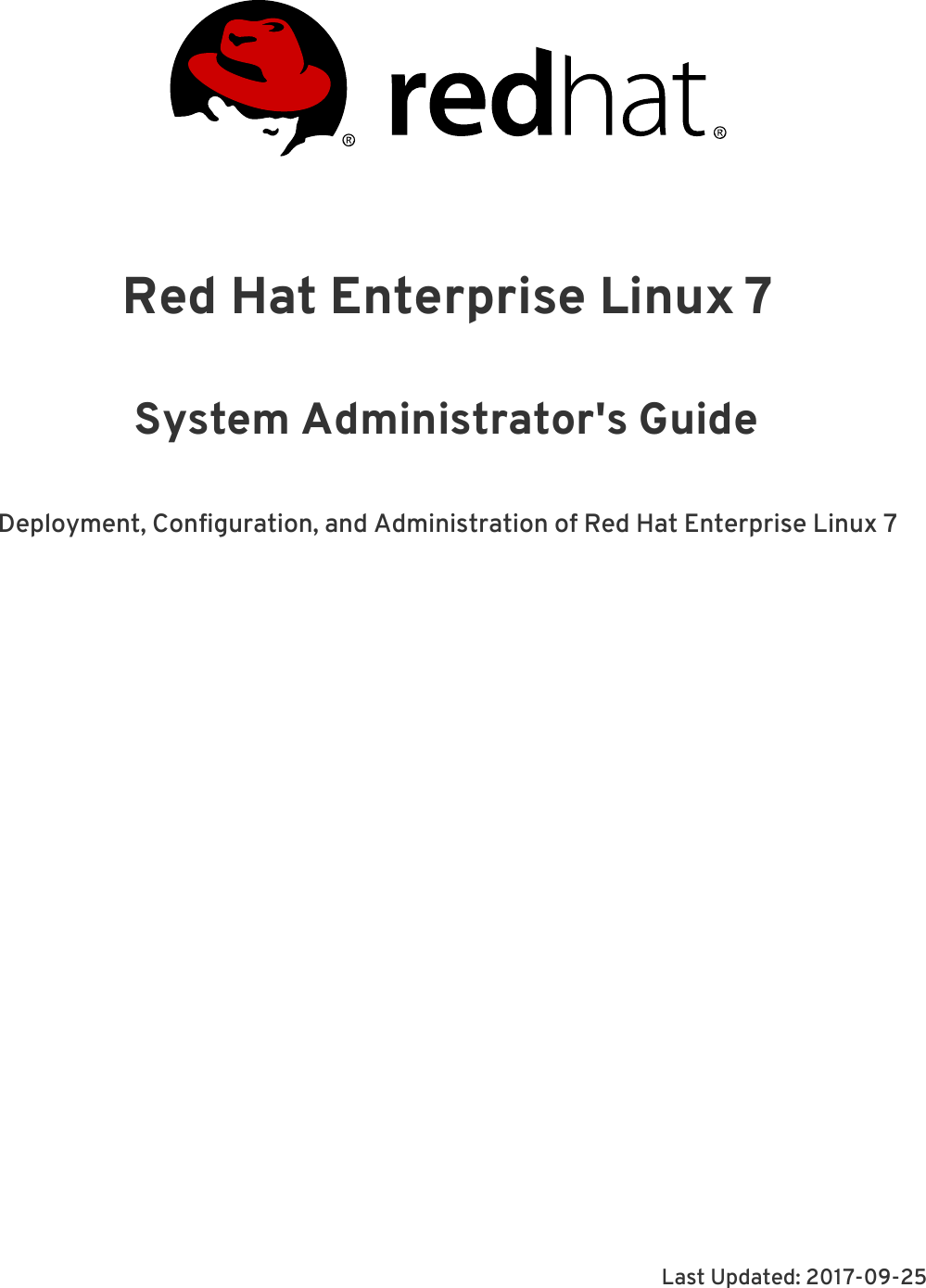

Minimum Eco Temperature, displayed in whole degrees Fahrenheit (1☏). Maximum Eco Temperature, displayed in half degrees Celsius (0.5☌). Maximum Eco Temperature, displayed in whole degrees Fahrenheit (1☏). Minimum target temperature, displayed in half degrees Celsius (0.5☌). Minimum target temperature, displayed in whole degrees Fahrenheit (1☏).

Maximum target temperature, displayed in half degrees Celsius (0.5☌). Maximum target temperature, displayed in whole degrees Fahrenheit (1☏). Used whenĭesired temperature, in half degrees Celsius (0.5☌).
#Nest ip menu full#
Detailsĭesired temperature, in full degrees Fahrenheit (1☏). Detailsįahrenheit or Celsius used with temperature display. Detailsĭisplayed when the thermostat is set to an energy-saving temperature.
#Nest ip menu iso#
Timestamp showing when the fan timer reaches 0 (stop time), in ISO 8601 format. Indicates if the fan timer is engaged used withįan for a (user-specified) preset duration.įor more information on how customers set fan duration.

System ability to control the fan independently from heating or cooling. The mode until Emergency Heat is turned offįor more information on how the Nest Thermostat supports Emergency Heat. The user can adjust the target temperature on the device, but cannot change.DetailsĮmergency Heat status in systems with heat pumps for cooling. Timestamp of the last successful interaction with the Nest service, inĭevice connection status with the Nest service. Includes a custom (label), created by the user, Can be any room name from a list we provide, or a DetailsĮxamples: "en-GB", "en-US", "es-US", "fr-CA", "fr-CA", "nl-NL"ĭisplay name of the device. Specifies language and region (or country) preference. (data values for devices in the structure).Īll the below values are found under eachĭevices/thermostats/ device_id in the JSON document. When you make a call to this data location, you can access Nest Thermostat data Users can add multiple Nest Thermostats to the devices/thermostats group, up All other Thermostat models are supported. Note: The Thermostat E with Heat Link for the EU is NOT supported in the Nest API, and will not appear in the JSON returned from the API. I would be interested to hear if you make any progress though! An additional smart speaker, improved looks and signal to the garden still have me thinking about it now and again.The Nest API works with all Nest Learning Thermostat™ models, except for the Thermostat E In reality, i've never had an issue with the talktalk router and get pretty good coverage throughout the entire house hence the low motivation to try again.
#Nest ip menu plus#
Plus it looks a lot better, so was planning on improving visual impact as my router location is quite visible. I've been a bit lapse with it as, to be honest, I'm not hugely motivated as the nest was going spare and was a freebie to try out and tinker with - I haven't invested anything in it - i just quite fancied the idea of a mesh network and getting some signal out into the garden. Was going to contact google to help but haven't had chance. Issues arose when trying to get the 2nd point up and running. but i couldnt see the benefit of this over just using the talktalk router, so never continued its use. If i recall, i did have this working fine. Never had a Sorry to disappoint, but i never ended chasing this up.Īs far as i could gather, using a single nest isn't too much of an issue, just turn wifi off on the talktalk router. to avoid devices getting confused between both networks, I simply made sure, for each device previously connected to the TalkTalk network, to click on 'forget this network'. This is the only device in the house connected to the TalkTalk network, everything else is connected to the Google wifi.

for some reason my Sky Box didn't like the Google wifi network and would lose connectivity every 24h so I had to connect it to the TalkTalk network instead. I ended up going with option B for the following reasons: Option B: leave the Sagemcom settings as is, and only use the Google wifi for your devices. Option A: go into the Sagemcom admin panel and turn off the wifi or something like that: it's an option somewhere in there. There are a couple of options at this point: Once it is set up, you can then see 2 wifi networks on your devices: one from TalkTalk and one from your new Google wifi router. I was able to plug in the Google Nest wifi directly into the ethernet port of the TalkTalk Sagemcom hub and get it to work rightaway following the on-screen instructions from Google. Hi I was worried about the double NAT issue as well but it turned out to be a non-issue for me.


 0 kommentar(er)
0 kommentar(er)
